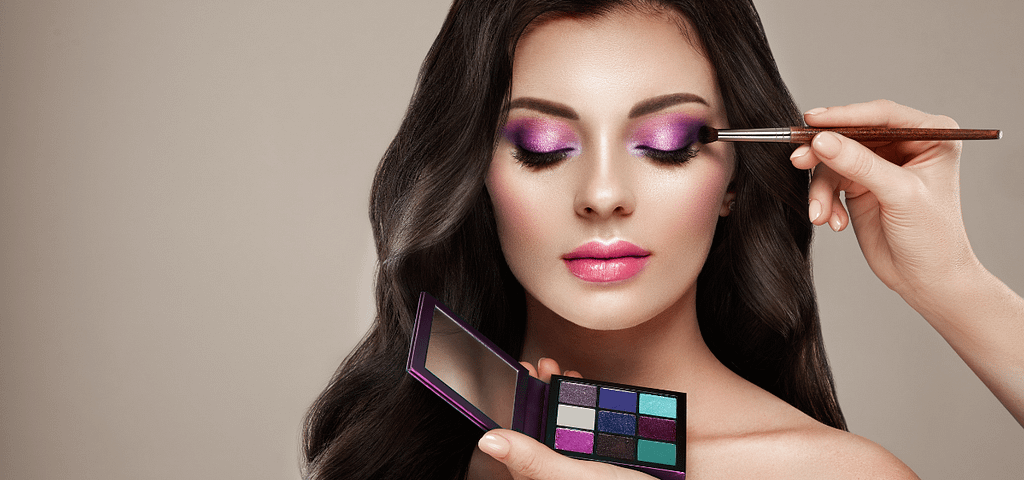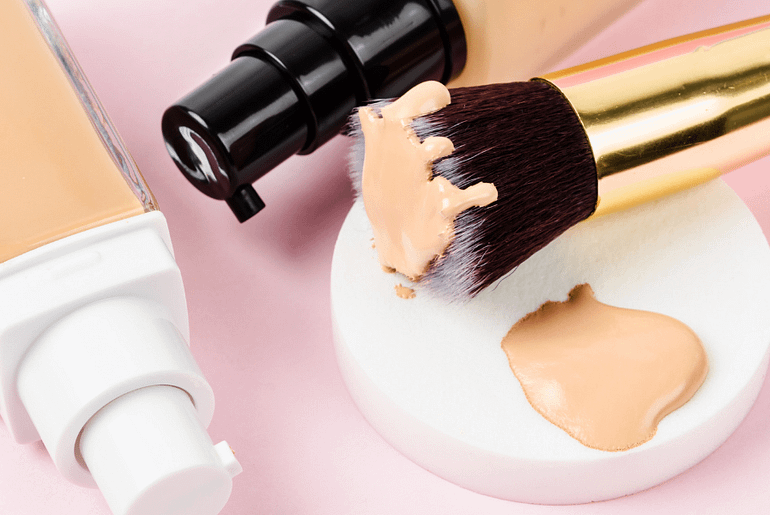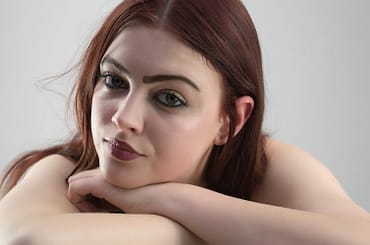If you’re looking to paint your foundation with peach undertones, there are a few things you need to take into account.
First, you’ll want to decide what color you want your foundation to be. This will help create a more consistent look throughout your painting. Once you’ve decided on the color, it’s time to start painting the foundation.
To do this, you’ll need a light-colored paintbrush and a dark-colored paintbrush. Then, use the light brush to paint the topmost layer of your foundation.
Be sure to avoid painting too close to the skin or any other areas that will show. Use the dark brush to paint the shadows of your foundation and any other areas that need darker colors.
The Basics of Peach Undertones
If you want to build the foundation of your painting with peach undertones, here are some things you’ll need to take into account. First, decide what color you want your foundation to be.
This will help create a more consistent look throughout your painting. Once you’ve decided on the color, it’s time to start painting the foundation.
To do this, you’ll need a light-colored paintbrush and a dark-colored paintbrush. Then use the light brush to paint the topmost layer of your foundation.
Be sure not to paint too close to the skin or any other areas that will show. Use the dark brush to paint the shadows of your foundation and any other areas that need darker colors.
How to Paint Your Foundation

1. Assemble your materials
-Light and dark paintbrushes
-Paint that matches your desired color
2. Prepare the surface for painting with a light layer of paint
3. Paint the topmost layer of your foundation with a light brush
4. Paint the shadows of your foundation or any other areas you want darker colors with a darker brush
How to Use the Peach Undertones Paintbrush

The peach undertone paintbrush is a great way to paint the shadows of your foundation. Like the orange undertones paintbrush, you will want to start by painting the topmost layer of your foundation.
Be sure not to paint too close to the skin or any other areas that will show. You can use this brush to create a gradient effect, which will help blend colors and create an even look all around your painting.
And remember: don’t forget the white! You’ll want to add a light layer of white on your canvas before you start applying darker colors if your base color is not bright enough. If it is, skip the step and go right into adding darker colors.
Choose the right color for your foundation

You’ll want to choose the right color for your foundation depending on the type of painting you’re trying to do.
For example, if you’re painting a still life, a light-yellow color will make the fruit stand out more. If you’re painting an outdoor landscape, a darker brown tone would be better.
If you have a big project planned and are unsure of what color to use for your foundation, it might be best to try out several colors and see which one pops or blends in well with the rest of the painting.
This will help make sure that your paint job is cohesive and doesn’t detract from the rest of your artwork.
Shadows and Highlights with Peach Undertone
Similar to other color theories, the peach undertones create shadows and highlights. The shadows are the areas that receive less light than the rest of your painting.
This is because they’re closer to the skin or closer to the ground. The highlights are the areas that receive more light than most of your painting. These areas show up as lighter spots in your painting.
To create a shadow, use a darker color of paint on your brush and paint on top of what you’ve already painted.
For highlights, paint with a lighter color of paint on top of your previous work. If you need to create more highlights in an area, go ahead and do so by using a white-colored paintbrush and paint over top of what you’ve done before.
You can also use white paint for this purpose. On top of what you have previously painted, mix some white around with your darker colors to make it lighter in tone.
This will help give your painting a more uniform look when compared to if you were just doing one shade at a time.






